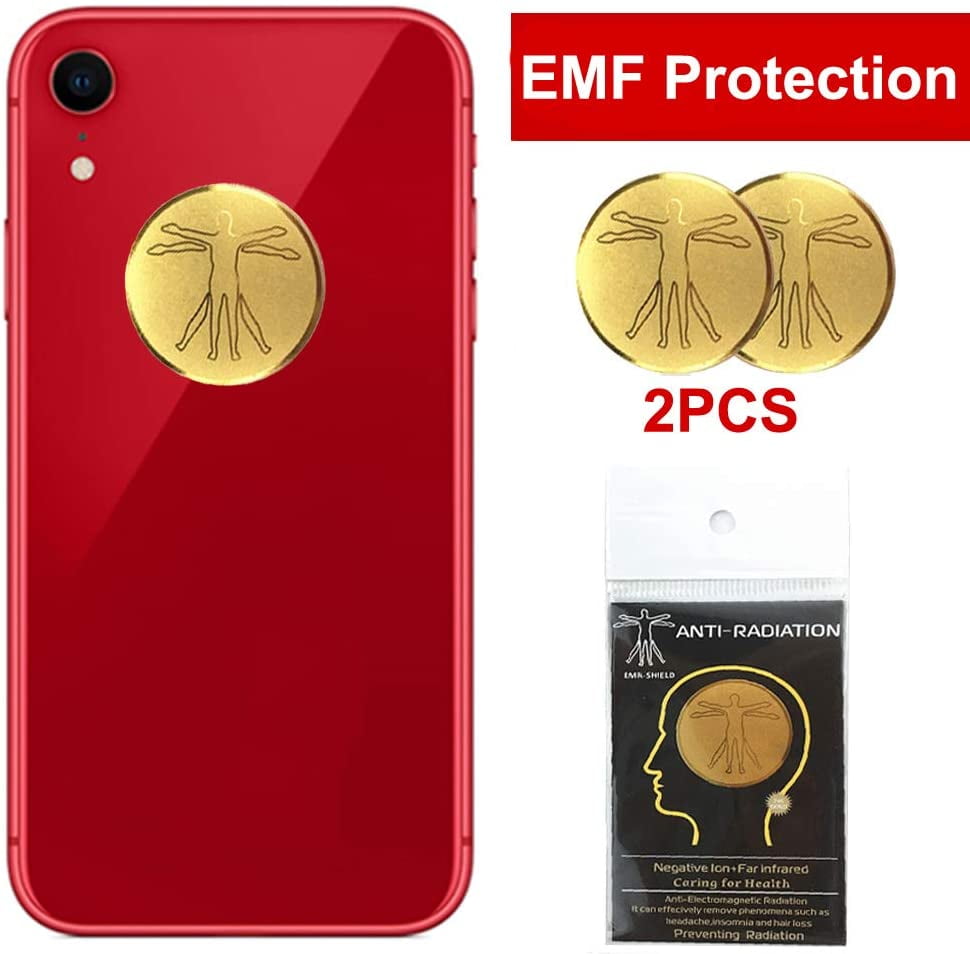Whether you live in a house or apartment or simply want to keep your home free of electromagnetic fields There are a variety of ways you can reduce exposure. One of the easiest is to restrict the use of electronic devices. More help can also turn to EMF blocker paint to block EMF radiation from reaching your home. Another method to protect your home against EMF radiation would be to use an RF shielding cover. It is a type made of net which contains EMF shielding. It's used to stop EMFs from entering a room. Another alternative is to have your home fitted with a conductive enclosure. They are referred to as Faraday cages.
A number of studies have proven that the non-ionizing RF EMF can cause anti-proliferative effects on HCC cells. The mechanism behind AM RF EMF's anticancer activity in vitro is thought to result from the deregulation the cancer stem cell. This may account for the long-term responses seen in certain patients suffering from advanced HCC. But, the reason for AM RF EMF's effect in patients with cancer is not evident.
Effects from AM RF EMF on HCC tumour growth in vivo was studied in mice. The tumours were divided into 3 groups. https://carlton-hampton.thoughtlanes.net/facts-about-emf-blocking-radiation-1681442163 was not exposed RF EMF. The second group was exposed RF EMF at the same frequency to the frequency used by humans. In block emf , they were subjected to the RF EMF in HCC-specific frequencies. The impact of HCCMF on tumors was compared to that of RCF. The results showed that the tumours treated with HCCMF had significant shrinkage. However, the tumours treated with RCF showed no evidence of tumour shrinkage.
The reason for cancer-specific AM RF EMF could be driven by the fact that tumour cells require Cav3*2 voltage calcium channels for proliferation and down-regulation. AM RF EMF's antiproliferative effect on HCC cells is caused through CACNA1H, a protein that is responsible for the influx of Ca2+ specific to tumours. The results indicate that CACNA1H could have wider implications for the treatment and diagnosis of various cancers.
The tumors in those in the group that were unaffected to EMF from radiofrequency, and fed a normal mouse diet. The tumors in HCCMF HCCMF group were injected with Huh7 cells when they were between five and seven weeks old. The tumours were then euthanized after they had a high burden.

The tumors in the three groups also showed different growth curves. The HCCMF-treated tumors showed a significant decrease in the size of the tumour after eight weeks. However, the tumours that were treated using RCF didn't show shrinkage. The difference was significant. The tumors treated with RCF were able to show necrosis, which is common in tumors that have been exposed to RCF. It is possible that this necrosis was due to a lack of oxygen in the more invasive tumours.
In conclusion, the findings indicate the fact that AM EMF has anti-cancer properties in vitro as well as in live. A number of studies have proven that AM RF EMF produces measurable reduction in tumours within HCC patients. There is a possibility that AM RF EMF produces these effects because of CACNA1H, a protein that is involved in tissue-specific Ca2+ influx. Additionally, AM RF EMF may exert a sustained influence on the growth of HCC tumours in vivo.
